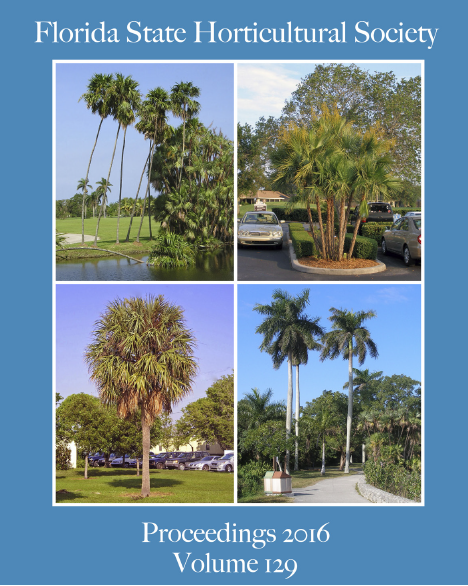Abstract
Citrus production in Florida accounts for >60% of national production in the United States. Recently, production of citrus has been threatened by emerging threats including devastating diseases such as citrus greening, commonly called Huanglongbing (HLB). We investigated the effect of novel fertigation and irrigation practices and different tree planting densities on performance of young citrus trees between 2009 and 2011 in central Florida ridge and southwest Florida flatwoods. Nutrient retention, accumulation, and root length density were greater with drip irrigation and restricted microsprinkler practices compared with conventional grower practices. These results should contribute to generation of recommendations for managing HLB positive and negative trees with respect to improving nutrient management and accumulation.

